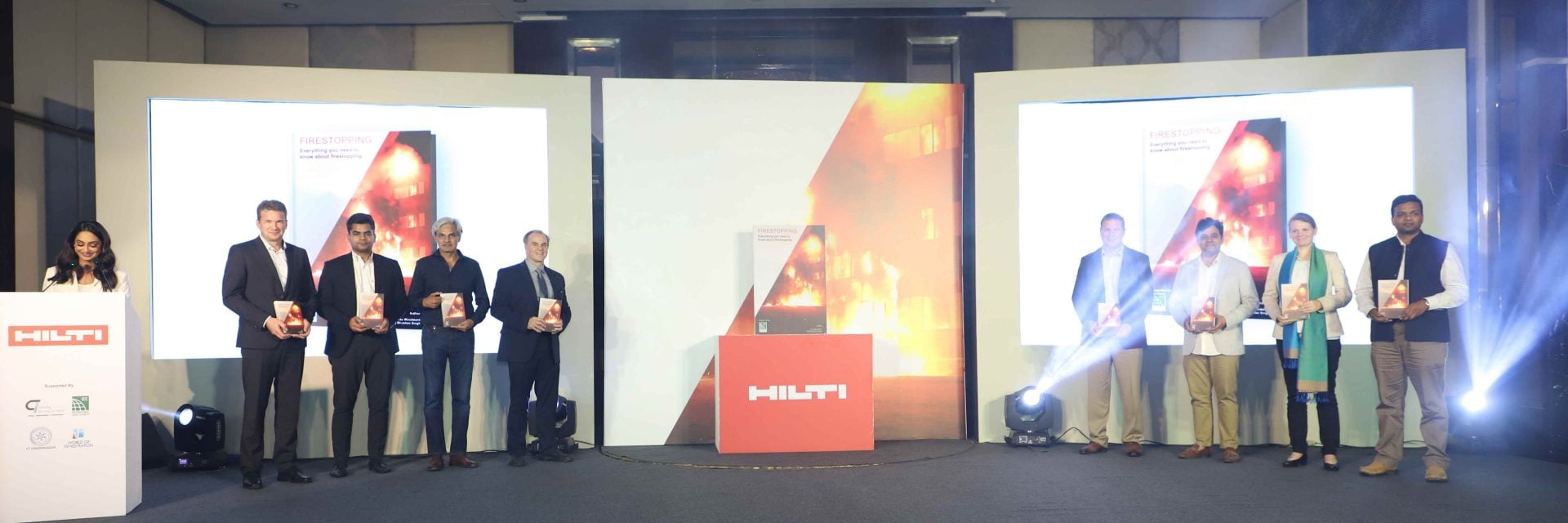Many code users have a general understanding of the code provisions for fire-resistant construction and are aware of some of the requirements for penetration firestop systems and joint systems. However, they may not be aware of the importance and distinct differences between these devices and systems, exactly how and where they are each to be used, or the correct installation for satisfying the code requirements. This book was developed to provide the most comprehensive look at the National Building Code and International Building Codes’ penetration & joint requirements.
Regardless of the experience level of the code user, this book will be beneficial to building, fire or mechanical officials, plans examiners, inspectors, design professionals, contractors, students and others in the construction industry by guiding the reader through each specific code section and exception. The discussion and commentary with each provision along with the illustrations will help in explaining the exact type of protection required as well as directing the reader toward other related sections or resources that regulate the installation, inspection or evaluation of the protection.

